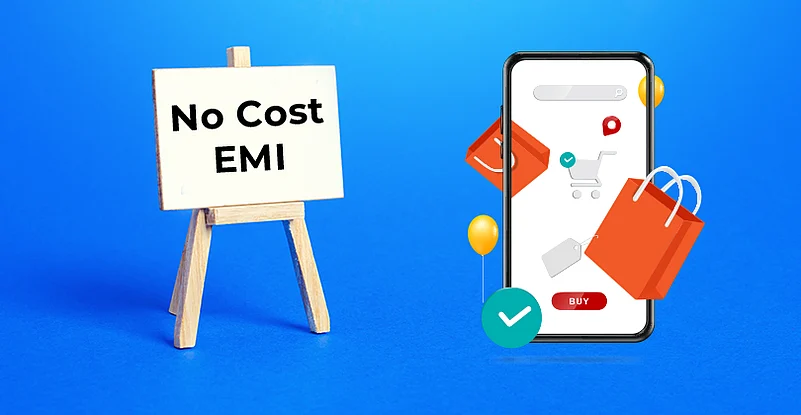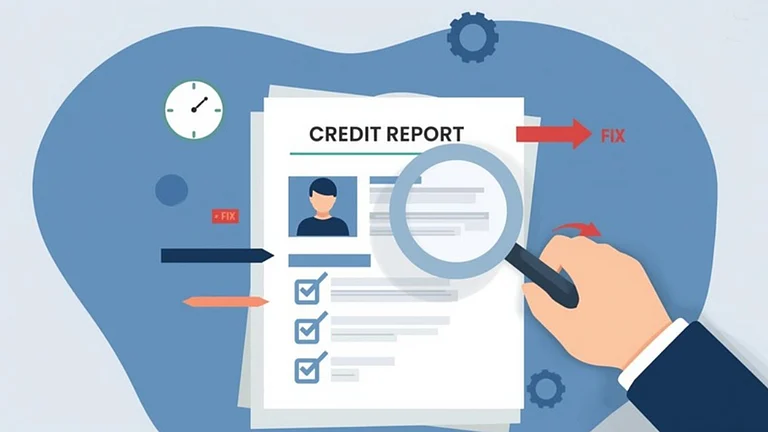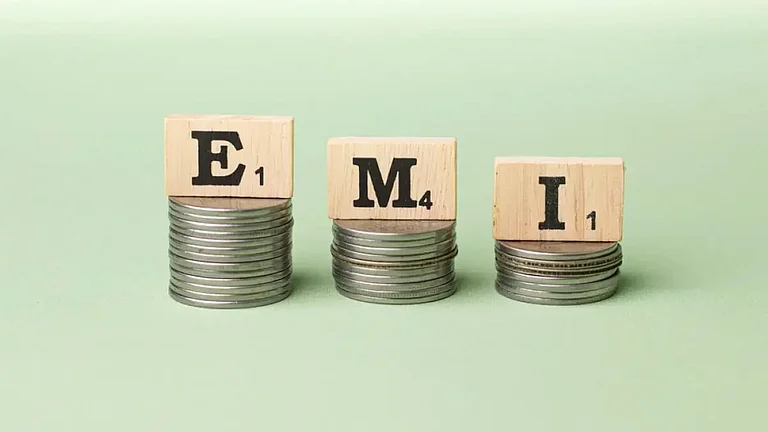While shopping for gadgets, furniture, or home appliances, the term "No-Cost EMI" is an offer that most find hard to resist. Splitting payments into manageable monthly installments without any added interest seems too good to be true. But what's going on now might look like a free lunch, if lenders seem to be doing them a favour by offering interest-free credit, things aren't that simple. Lenders and retailers have structured no-cost EMIs, so they still make money. Here's how this works and what it means for consumers.
What's a No-Cost EMI?
In a no-cost EMI, you pay for a product in installments without being charged interest on the loan. For instance, if your smartphone costs Rs 30,000 and you opt for a 6-month no-cost EMI, then you might have to pay Rs 5,000 a month without additional charges. Unlike traditional EMIs, where lenders charge interest on the loan amount, a no-cost EMI is marketed as "free of interest".
How Do Lenders Make Money from No-Cost EMIs?
The borrower may not seem interested, but the lender and retailer still manage to make money from it. Here's how they do it:
1. Upfront Discount Adjustment
The retailer often works in tandem with the lender to share the interest cost by discounting an amount equal to the interest amount. Let's consider an example, a smartphone has a retail price of Rs 30,000. The financier is giving a 6 months no-cost EMI at a latent rate of interest 12 per cent.
The retailer manages to recover it by way of giving the interest portion upfront. Thus, instead of selling the product at Rs 26,400 (post-discount to cash buyers), the retailer retorts the price at Rs 30,000 and shifts the interest to the financier. In other words, the retailer pays for it while the customer is deprived of cash discount.
2. Service Charges
Many no-cost EMIs come with a processing fee, a one-time charge added to the loan. For instance, a Rs 30,000 product might come with a processing fee of Rs 500 to Rs 2500, ensuring the lender earns money even without applying interest.
3. Limited Tenure
No-cost EMIs are typically offered for short tenures like 3 to 12 months. Shorter tenures mean the principal is repaid quickly, minimizing the lender’s risk while maximizing their cash flow. But some lender may extend the repayment period up to 36 months upon requesting.
4. Bundled Services
Lenders also upsell services like insurance, extended warranties, or card protection plans with no-cost EMI schemes. All of these generate additional revenue streams for lenders.
Who Pays?
Though no-cost EMIs benefit the consumer because expensive products are made less expensive, there must be someone to pay the interest on it. Normally, the retailer or manufacturer is who pays it. They do this because offering such schemes boosts their sales volumes and encourages people to spend more.
What Should Consumers Be Alert About?
Fees: Always look for processing charges or prepayment fees.
Marked Up Price: Compare the product price during no cost EMI and cash price to ensure you are not overcharged.
Credit Score: No-cost EMI does bear an impact on the credit score if you don't repay timely.
No-cost EMIs are not free; they are devised to favour lenders, retailers, and manufacturers while looking good to customers. If you know how the schemes work, you can make better decisions and ensure that you get the best. Always compare the costs and read the fine print before going for no-cost EMI as being financially aware will save you from the hidden costs.















